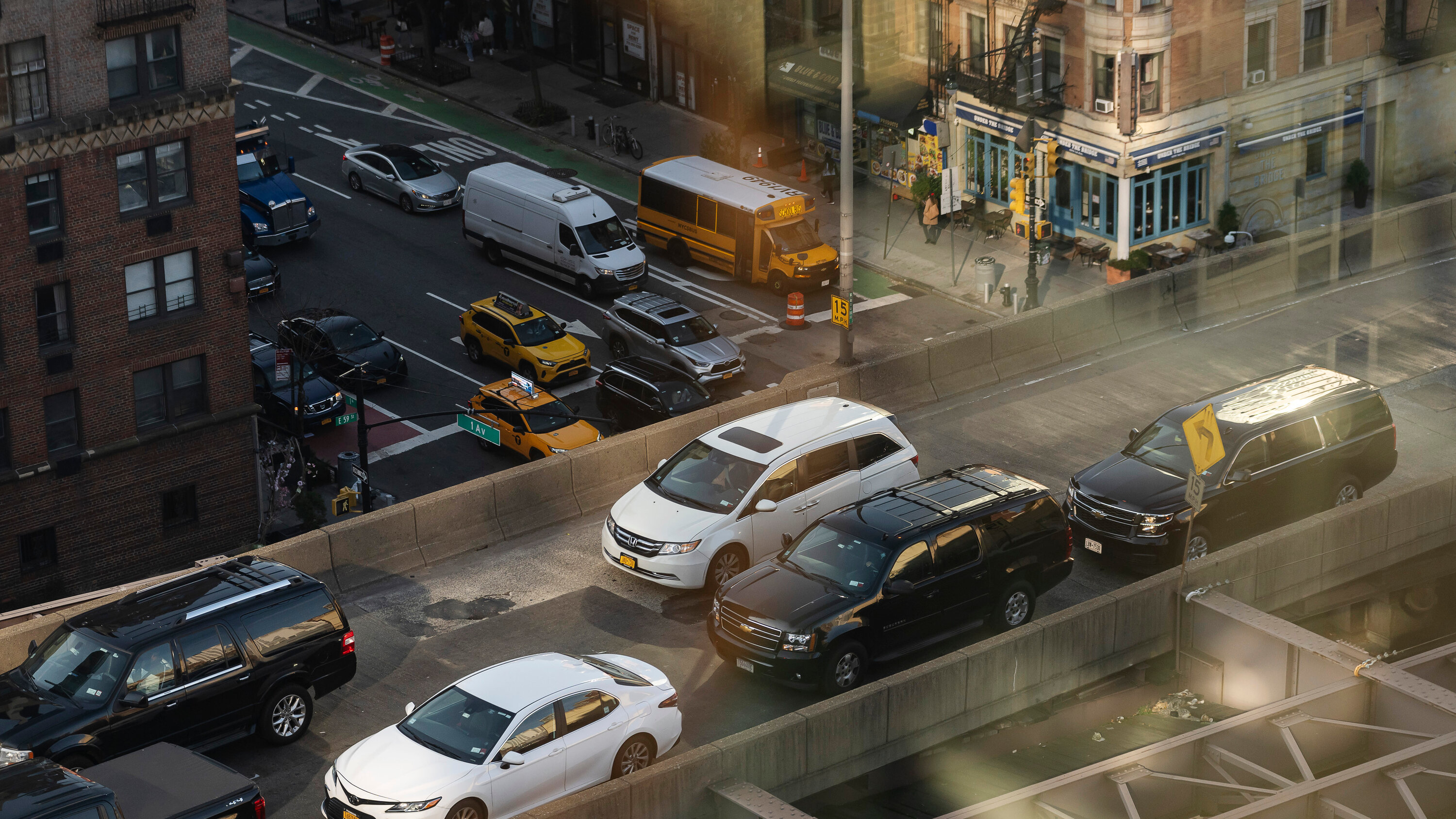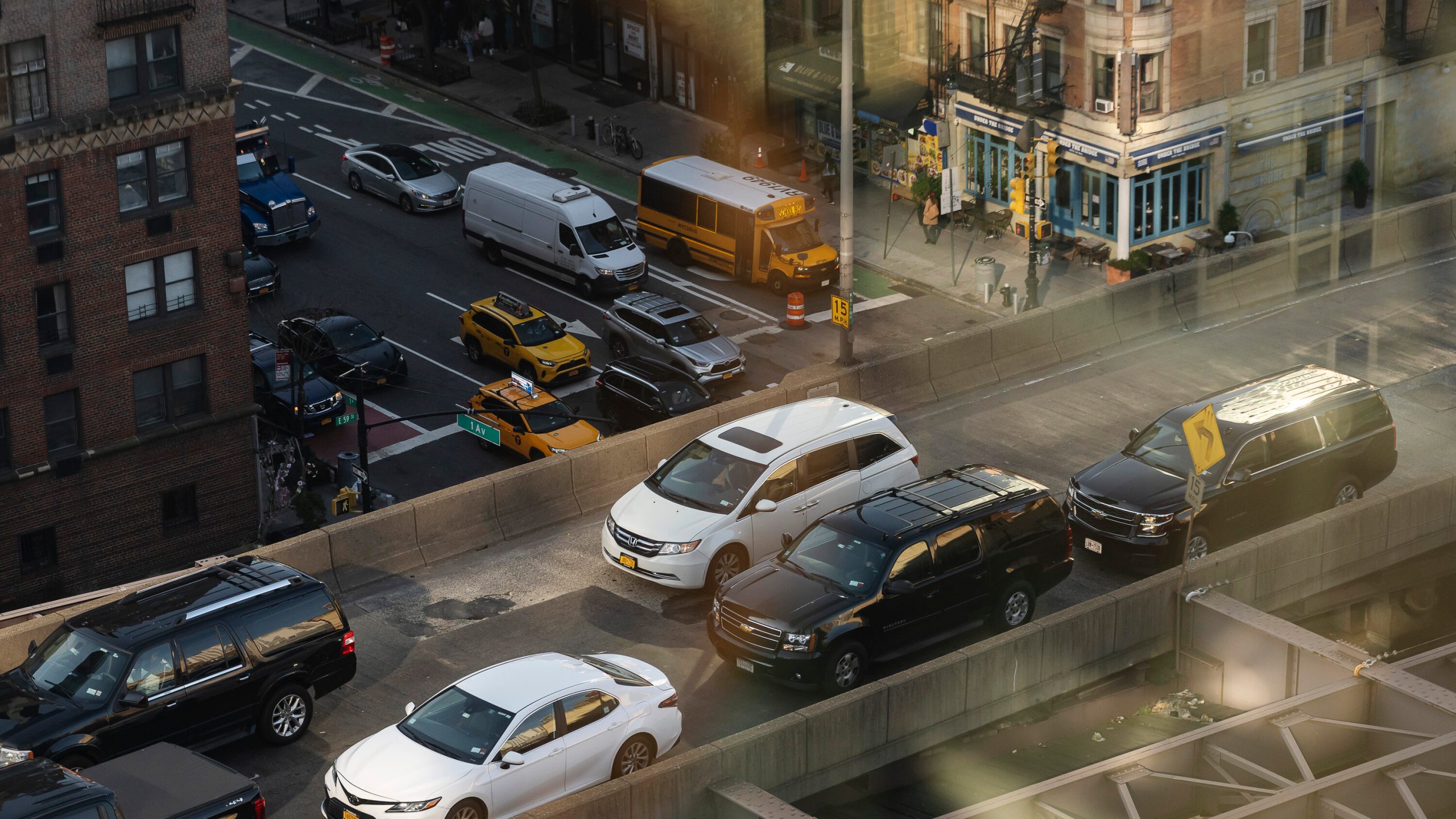
The Concealed Cost of Traveling Highways
When cruising on the expansive highways of the western United States, many drivers seldom consider the countless tiny insects that collide with their cars. However, for bees, these encounters can prove deadly. A pioneering study featured in *Sustainable Environment* has revealed the shocking magnitude of bee fatalities on U.S. highways, particularly in the western regions. Spearheaded by Joseph Wilson, an evolutionary ecologist at Utah State University, the research suggests that as many as tens of millions of bees might perish on highways every single day, underscoring an environmental emergency that has largely gone overlooked.
“Bees are crucial to the functioning of our ecosystem,” asserts Wilson. “These frequent encounters with vehicles are not mere accidents. The overall toll from these fatalities may be significantly more detrimental than we have realized.” Given that bees are vital pollinators and essential species within numerous ecosystems, the repercussions of such devastating losses could extend throughout the environment, potentially impacting food production, biodiversity, and the health of plants.
Quantifying the Inquantifiable
Assessing the scale of bee deaths attributed to highway travel presents particular difficulties. Unlike crashes involving larger mammals such as deer, which leave obvious signs and are frequently reported, bee fatalities often go unnoticed due to the minute size of the insects and the sporadic nature of the collisions. This renders the quantification of their impact potentially daunting, if not outright “unquantifiable.”
The research team at Utah State University devised an inventive approach to tackle this challenge. They employed sticky traps attached to vehicle bumpers to gather real-time data, enabling them to track how often bees are struck at varying traffic volumes and locations. These data points were subsequently cross-referenced with Department of Transportation statistics to identify broader trends. The findings were staggering—potentially tens of millions of bees could be dying each day on U.S. highways, especially in the dry and semi-dry areas of the American West.
“In contrast to interactions with large mammals, which are infrequent yet easily noticed, bees succumbing to vehicle collisions occur continuously,” Wilson elaborates. “Our research indicates this is an ongoing, substantial mortality event—one that unfolds moment by moment, often without any recognition.”
A Multifaceted Environmental Dilemma
Environmental preservation has evolved into a juggling act between habitat restoration and pollinator safeguarding, and this new research reveals the intricacies of that endeavor. The study unveiled a contradiction: while roadside environments may unwittingly offer appealing spaces for bees, they simultaneously result in elevated mortality rates.
“Roadsides in dry, arid regions typically present more flowering plants than the adjacent landscape, as these spaces benefit from water runoff,” Wilson details. “This creates a situation that is both beneficial and perilous: bees are attracted to these roadside environments, yet this attraction places them in jeopardy from fast-moving traffic.”
This contradiction is especially acute in proximity to national parks. In these areas, traffic volumes typically surge as visitors flock to natural sights. Yet, national parks and their surroundings are also among the most productive habitats for bees and other pollinators, making them magnets for these insects. Essentially, the very spaces meant to conserve natural surroundings are simultaneously becoming some of the most perilous for bees due to the rise in vehicle-related bee fatalities.
Seeking Answers
Considering the essential role pollinators play in ecosystems and agriculture, this burgeoning issue necessitates immediate solutions. The team at Utah State University asserts that intentional roadside and landscape planning could alleviate some of the dangers. “Certain studies indicate that well-managed roadside habitats can actually enhance pollinator movement and foster connectivity within fragmented environments,” Wilson observes. By establishing high-quality habitats away from busy roadways or modifying the types of vegetation situated directly alongside highways, it may be feasible to draw bees toward safer locations.
Minimizing the necessity for bees to traverse hazardous road segments could also be accomplished through improved landscape planning. For instance, flower plantings might be positioned further from road surfaces and arranged to guide bees along safer pathways. Additionally, modifications to vehicles, such as cleaner windshields or deflectors, could lead to small but significant enhancements in reducing bee collisions.
Nonetheless, this area of research remains in its early stages. The team is advocating for additional studies to evaluate which combinations of habitat restoration techniques and road design features can best accomplish the dual objectives of pollinator protection and ecosystem vitality. While the challenge may initially appear daunting, increasing awareness of the concealed costs associated with highway travel is a crucial first step.
The Journey Ahead
The findings from Utah State University serve as a crucial alert. They urge conservationists and policymakers alike to reevaluate how we manage roadsides, particularly within sensitive ecosystems. With bee populations already facing threats from various additional pressures such as habitat destruction, pesticides, and climate change, decreasing road mortality may represent one method to assist in safeguarding these essential insects. The task will lie in discovering solutions that effectively balance heightened national park visitation and urban growth with the
